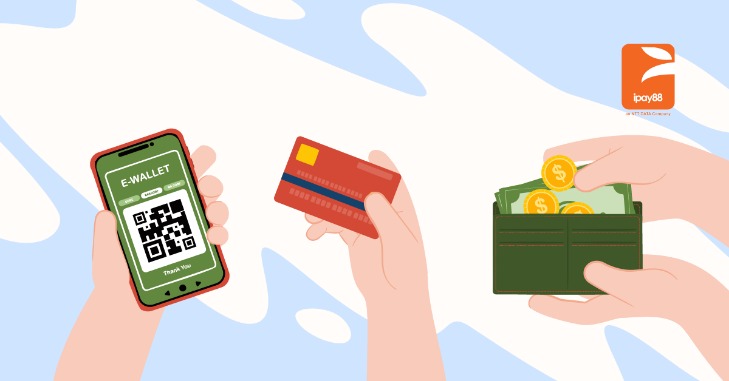Organizing events involves meticulous planning and coordination of various aspects to ensure a seamless experience for attendees. One crucial element that can greatly enhance the convenience and efficiency of an event is implementing cashless payments.
The Rise of Cashless Payments
In recent years, cashless payments have gained popularity due to their convenience and speed. With the advent of technology, attendees no longer need to carry cash or wait in long queues to make purchases at events. By offering cashless payment options, event organizers can streamline transactions and provide a hassle-free experience for attendees.
Benefits of Cashless Payments for Events
- Efficiency: Cashless payments reduce transaction times, allowing attendees to make purchases quickly and effortlessly.
- Convenience: Attendees can simply tap their cards or use mobile payment apps to make payments, eliminating the need to carry cash.
- Security: Cashless payments offer a secure way to conduct transactions, reducing the risks associated with handling cash.
- Analytics: Event organizers can gather valuable data on attendee spending habits and preferences, enabling them to make informed decisions for future events.
Read more about AI for Events here.
Frequently Asked Questions
- How do cashless payments work at events?
Attendees can use their debit or credit cards, mobile payment apps, or RFID wristbands to make purchases at designated locations. - Is it safe to use cashless payments at events?
Yes, cashless payments are secure and encrypted, protecting attendees from fraudulent activities. - Can attendees track their spending with cashless payments?
Absolutely! Attendees can easily monitor their spending and transactions, providing them with greater control over their budget.
Overall, incorporating cashless payments at events can significantly improve the overall experience for attendees and streamline the operations for organizers. By embracing this digital trend, events can stay ahead of the curve and cater to the evolving needs of modern-day consumers.


